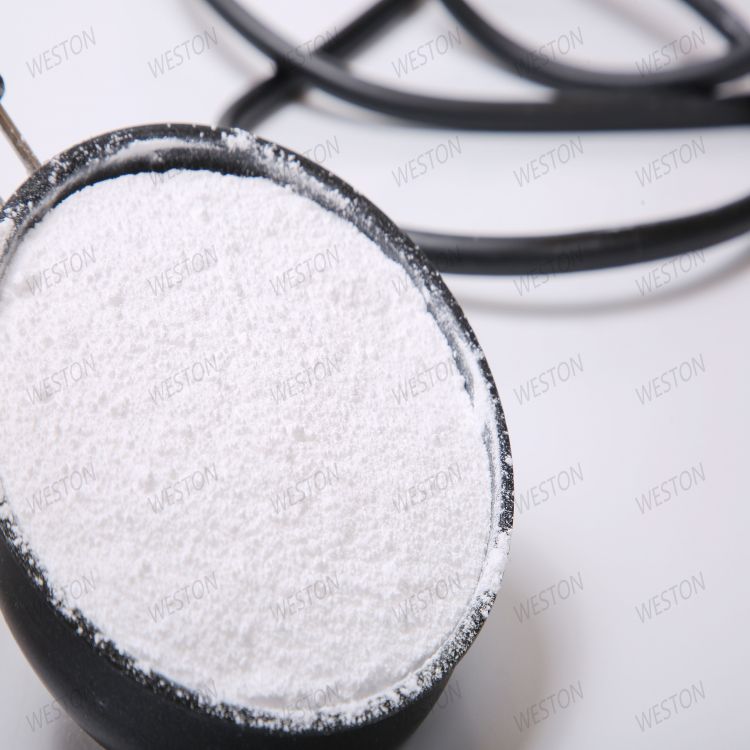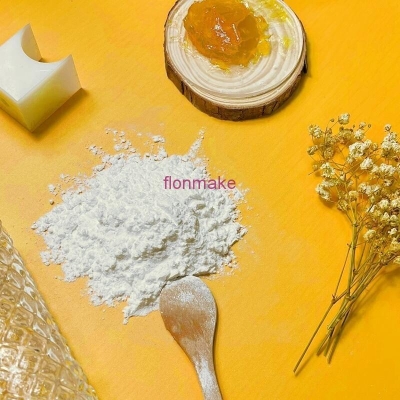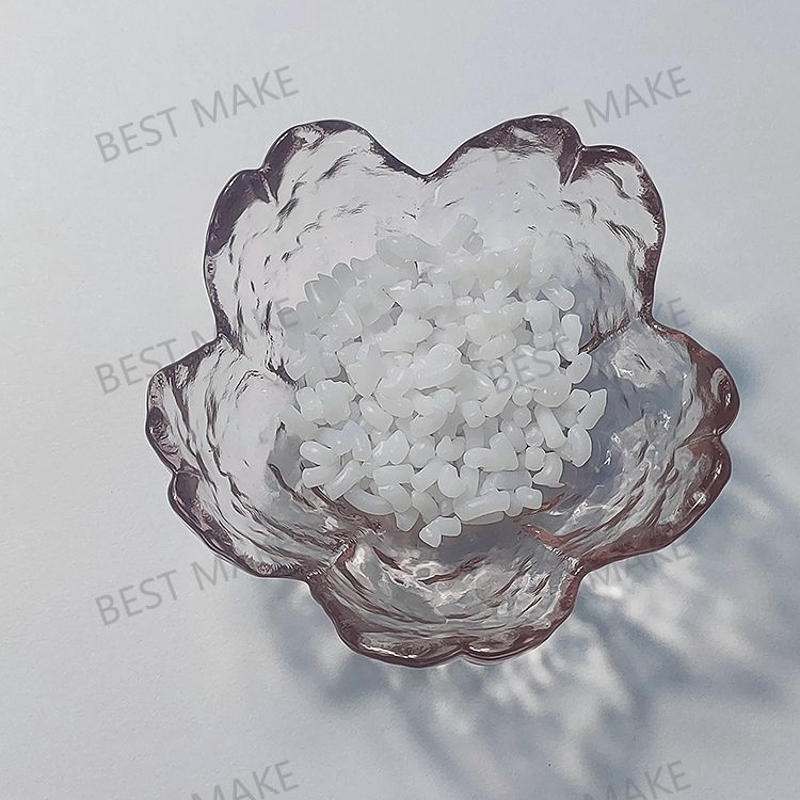-
Categories
-
Pharmaceutical Intermediates
-
Active Pharmaceutical Ingredients
-
Food Additives
- Industrial Coatings
- Agrochemicals
- Dyes and Pigments
- Surfactant
- Flavors and Fragrances
- Chemical Reagents
- Catalyst and Auxiliary
- Natural Products
- Inorganic Chemistry
-
Organic Chemistry
-
Biochemical Engineering
- Analytical Chemistry
- Cosmetic Ingredient
-
Pharmaceutical Intermediates
Promotion
ECHEMI Mall
Wholesale
Weekly Price
Exhibition
News
-
Trade Service
N-octyl isothiazolinone (DCOIO)
[Alias] 4,5-Difluoro-2-n-octyl-4-isothiazolin-3-one
[Structural formula]
[Physical and chemical properties] White or light yellow crystals, slightly soluble in water, generally DCOIO as the active component, mixed with solvents and surfactants to form an aqueous solution
[Preparation method] There are currently two methods for preparing n-octyl isothiazolinone.
(1) Take N-octyl-3-mercaptopropionamide as raw material
The main steps of the method are as follows: methyl acrylate and sodium hydrosulfide are reacted to obtain methyl 3-mercaptopropionate ; methyl 3-mercaptopropionate is reacted with n-octylamine to obtain N-octyl-3 mercaptopropionamide; Chlorination produces n-octyl isothiazolinone hydrochloride.
(2) Using N-octyl-3-mercaptopropionamide as raw material
① Methyl acrylate reacts with sodium disulfide to produce methyl dithiodipropionate, the reaction formula is as follows:
Add NH 4 Cl/ammonia buffer solution (3g ammonium chloride , 5g ammonia, 92g water) into a 1000mL four-necked flask equipped with a stirring device, condenser and thermometer , add 380g sodium disulfide solution, and control the temperature at -10~ At 5℃, add 150g of methyl acrylate dropwise and finish it within 1.
② Methyl dithiodipropionate reacts with n-octylamine to produce dithiobis(N-n-octylpropionamide), the reaction formula is as follows:
Add 236g of methyl dithiodipropionate, 250g of n-octylamine, and 200g of water to a 1000mL flask, control the temperature at (25±5)℃, stir for (20±5) h, stand still, filter with suction, and dry to obtain Dithiobis(N-octylpropionamide) white powder, melting point 126~129℃, yield 90%
③Dithiobis(N-octylpropionamide) reacts with chlorine to prepare N-octylisothiazolinone, the reaction formula is as follows:
Add 600 mL of ethyl acetate and 140 g of dithiobis (N-octyl propionamide) to a 1000 mL three-necked flask equipped with a stirrer, condenser and thermometer, control the reaction temperature at 0-15°C, and pass in 70 g of chlorine gas.
[Technical Index]
Related link: Benzisothiazolinone (BIT)







